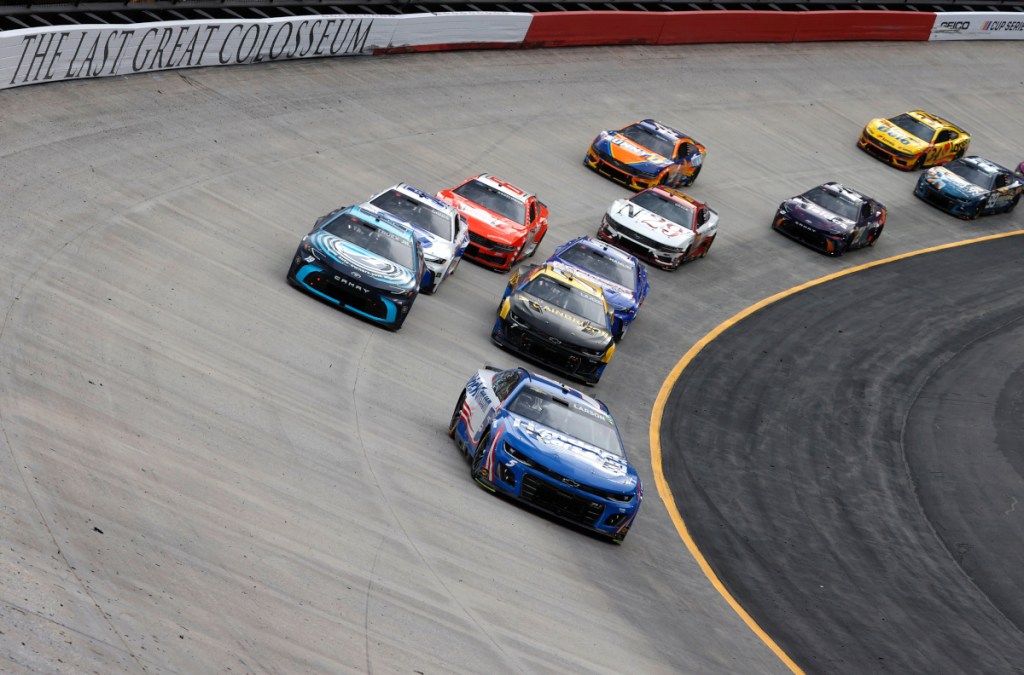
NASCAR’s initial reaction after Sunday’s Cup Series race at Bristol Motor Speedway was that there is no need to mess with a good thing.
Cup Series teams found themselves in a tire battle in the Food City 500 due to rapid wear and cording. It resulted in a tire management race by both the drivers and the race teams, and NASCAR approving Goodyear to release an extra set in the second stage. In the end, the race produced a track-record 54 lead changes and a tied record of 16 different leaders.
“I know on the allotment, we actually removed a set of tires from the fall race coming into this race. That’s on us, not Goodyear,” NASCAR chief racing development officer John Probst said when addressing the media less than two hours after the checkered flag. “So we actually gave that back during the race, as you guys saw. We’ll go back and look at it all.
“There were times in the race, obviously, when there was anxiety around enough tires to finish it. But man, coming out the end and watching all that, I would not want to change much at all, honestly. Just maybe give them more tires .”
Sunday’s product was unexpected entering the weekend, as Goodyear brought the same left-side tire that’s been run at Bristol since the fall of 2022. The right-side tire was decided during a test last year and was run in the fall race with no issue.
The only difference was the resin sprayed in the corners’ lower lane. But for a reason many in the industry are trying to figure out after 500 laps, all the variables came together for a much different race than previously seen.
“ certainly a record-setting day for us,” Probst said. “I know the race teams are probably pretty wore out right now. I know our track crew and folks up in the booth are pretty wore out just from a pretty exciting day all around on the track. Certainly had some anxiety around some tire wear and things like that. All in all, I think it was probably one of the best short track races I’ve ever seen.”